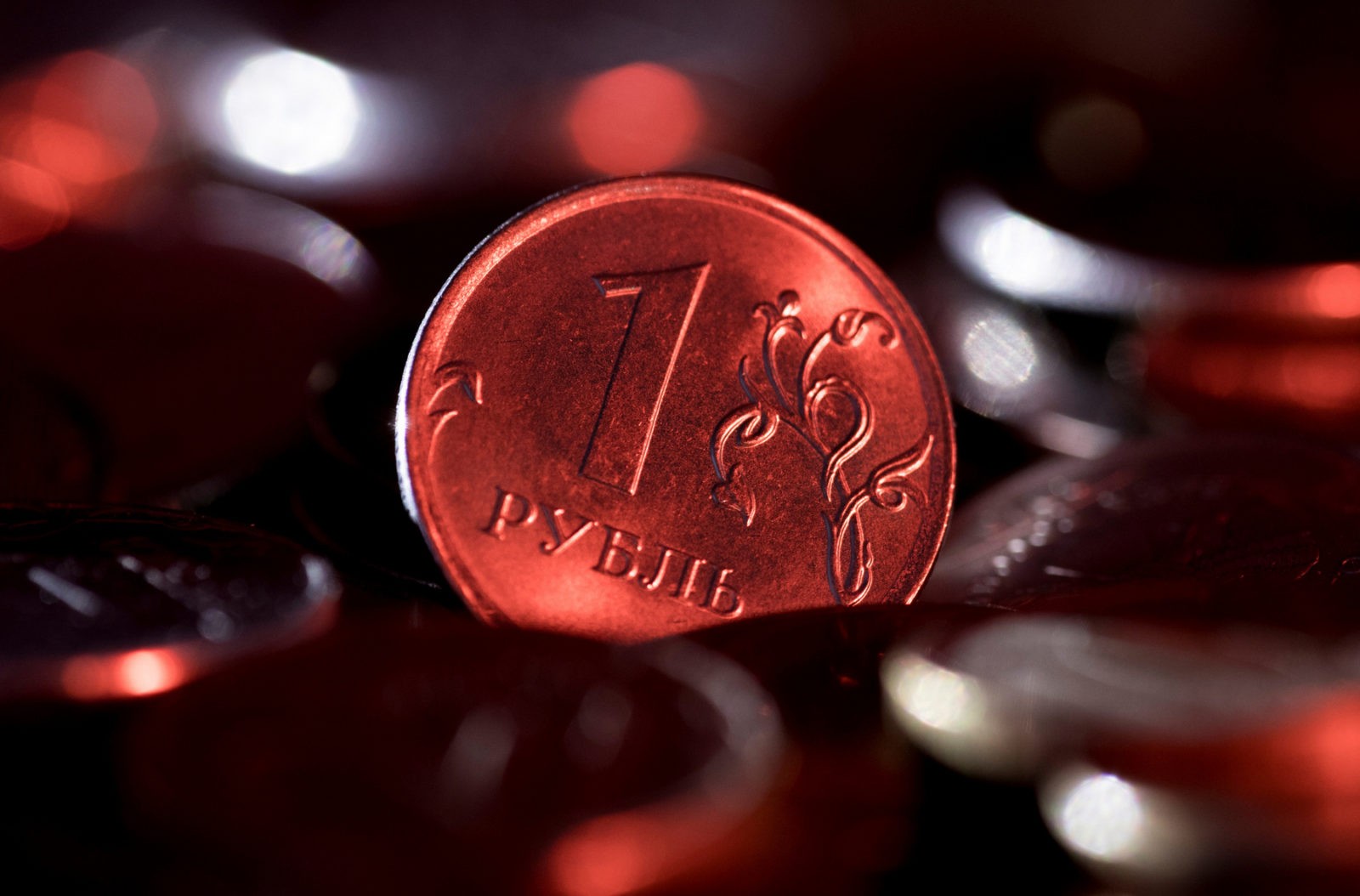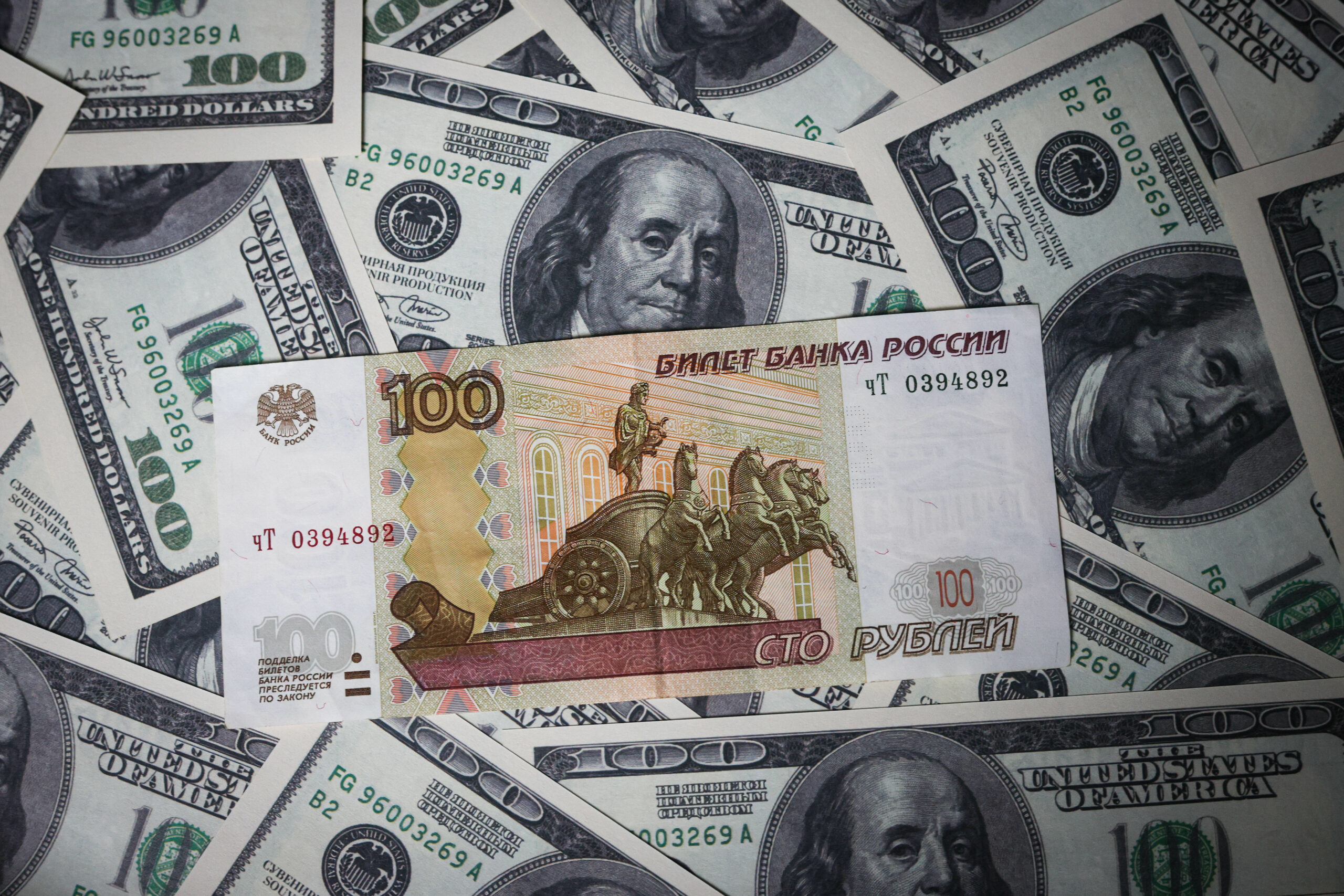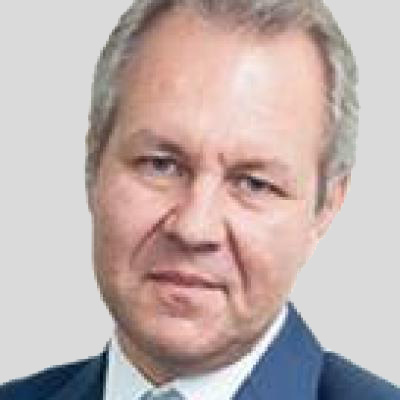Russia began 2018 on edge. Preparations for the (re)election of President Vladimir Putin were not cheap, and the country’s 2017 budget had a deficit of 1.3 trillion rubles. This gaping hole in the accounts was filled in with what remained of Russia’s reserve fund, which by January 1, 2018 was completely exhausted. From the very beginning of the year the oil market came under pressure; by mid-February, Brent crude prices nearly hit $60 a barrel. Foreign affairs contributed to this unease: many waited with trepidation for the “personal” sanctions list which the US planned to release in late January. As the year commenced, experts pontificated about the economic crisis and worrying hole in the country’s budget.
But a year on, practically none of their pessimistic predictions have come to pass. Yes, millions of Russians have been deprived of their pensions, but is that really a problem from the state’s point of view? Sanctions against individuals also didn’t turn out to be as frightening as people feared: even those against Russian oligarch Oleg Deripaska have still not been fully implemented, while the majority of the country’s powerful businessmen were entirely unaffected. Rising oil prices was the most important development, if not a salvation. Money poured into the state budget (although the government still raised VAT as a “preventative measure.”) As a result, Russia’s budget surplus from January to October amounted to the unprecedented sum of 3.02 trillion rubles, while government reserves over the same period increased from 3.8% to 5.1% of GDP. Over the past 10 months, Russia’s external trade surplus increased by 65.5% when compared to the same period in 2017.
On the whole, it looked like we were destined to enter 2019 in high spirits, albeit for a handful of worrying trends.
On one hand, the global economy appears to have emerged from a phase of euphoria generated by Donald Trump’s election as President of the United States. The reason for that optimism was simple: the Trump administration announced tax cuts, which soon took effect (a tightening of monetary policy is still on the cards.) Against this backdrop, 2017 was one of the most successful years for the stock markets in modern history: America’s S&P500 grew by 18.74%, while the German DAX-30 grew by 12.51%. The US economy shot up by 2.8%, and growth rates accelerated to 4.2% in the second quarter of this year. However, we should not forget that while we are about to say farewell to the ninth consecutive year of sustained economic growth, nobody has ruled out cyclical crises in the global economy.
Investors had a keen sense of impending cyclical crises in 2018, especially where the “real sector” of the economy set the tone. In China the GDP growth rate fell to 6.5% (the lowest since the start of 2009), while the Shanghai stock index fell by more than 20% from its peak in May (in Europe, the Euro Stoxx 50 fell by 12.7% since the start of the year.) The US Federal Reserve raised the rate four times, bringing its level from 1.25-1.5% to 2.25-2.5% per annum. Consequently, US indices drifted and, as of mid-December, showed a decrease of 1.2-2.2% compared to the start of the year. For the first time since 2007, yields from short-term treasury bonds exceeded sales of long-term ones. Washington quickly rendered much optimism unwarranted by unleashing a full-scale customs war with China, alongside an unprecedented increase in oil production. This amounted to an additional 1.33 million barrels of oil per day in October 2018 when compared to November 2017 — an amount which far exceeds the cuts in production as agreed upon at the OPEC summit on December 6. As a result, amid growing fears of economic stagnation, Brent crude prices dropped from $86.40 to $58-62 per barrel.
On the other hand, the Russian economy has obviously been unable to locate new sources of growth for 2019 and subsequent years — and not for lack of trying. GDP growth for 2018 is estimated to stand at 1.6% (the country’s Ministry of Economic Development projected a 3-3.5% growth rate at the start of the year.) According to official statistics, the population’s incomes fell by 1.5% from January to September 2018. Meanwhile, by the end of the current year inflation will reach 3.9-4%, compared to 2.5% in 2017. The Russia Trading System (RTS) index started the year at 1,183 points, but dropped below that amount for most of the year and nears the end of 2018 practically unchanged. Investments are growing at a rate of 2.2-2.5% a year, which is almost half the amount projected by the Ministry of Economic Development in 2017. Russian consumer demand has recently been supported by the durable goods sector and the car market, which both live in hope of a future increase in VAT.
But do the authorities have any genuinely new ideas for economic development? Judging by Putin’s March 1 speech to the Federal Assembly, the texts of the new “May Decrees,” speeches given at the ruling United Russia party’s conference on December 8, and the president’s annual marathon press conference on December 20, it seems not. The only plans Russia’s rulers have in store are the further expropriation of selected businesses and frittering away budgetary funds on ineffective projects. In sum, today’s plans are mostly concerned with “maintaining growth,” “keeping inflation low,” and ensuring “social stability.” This all suggests that the authorities have finally bidden adieu to any serious ambitions they may have held for the economy.
Thus any predictions for 2019 are plagued by uncertainty — an uncertainly primarily due to external factors. This uncertainty is also primarily economic, not political in nature, as many Russians have come to expect over the past few years. In my opinion, the current moment is the most dangerous: the Russian authorities have largely learnt to resist western sanctions, and now have the means to respond to them. Meanwhile, if the last twenty years are any indication, Russia’s responses to major economic crises have been woefully inadequate. In 1998 and 2008, the authorities could not hold back the tide, and something similar could face us in 2019-2020.
The majority of economic forecasts for 2019 assume that today’s problems are temporary and easily correctable, and predict only a slight decrease in global economic growth. But two factors seem under-appreciated: the slowdown of the Chinese economy and fundamental changes to the oil market. These are not insignificant; the scale of China’s real estate “bubble” and the debt burden of the country’s corporate sector are so large that a “smooth landing” might not be possible. Serious economists rightly point out that the American economy would not be able to withstand the onset of a full-scale economic crisis in China.
Meanwhile, trends in oil production in the US and Australia are of such fundamental importance that they could prompt changes to global energy export trends. These changes could manifest themselves over the next three to five years, and the markets will sense them in the near future. In other words, the two factors which prop up the Russian economy — high valuation of assets due to “oversold” stock markets and relatively favourable oil prices — could come under question in the next year or two. I estimate the likelihood of such changes at no less than 40%.
A fundamental problem for Russia is that over the past decade, the country has been unable to achieve any substantial economic growth. This sets Russia apart from western economies. In contrast, by the end of 2018 the US’s GDP at comparable prices will exceed the 2008 figure by 18.7%. Over the same period, Americans’ real incomes increased by 14.8%, and the average price of for a single unit of real estate increased by 7.5%. The stock markets surged ahead: the maximum indicator of the same S&P500, witnessed in October 2007, was exceeded by 71%. Things are less impressive in Europe, but in Germany GDP has grown by 15.2% since 2008, while revenues increased in real terms by 12.4%; the DAX index increased on previous highs by 38%. In Russia, the situation is far worse: compared with 2008, GDP at constant prices grew by just 9.17% (a sum which in dollars declined by almost 6%.) The average dollar price of one square metre of residential real estate in Moscow fell by 2.1 times, and the ruble price by 4%. The RTS stock index fell by more than 56%, while the outflow of capital from Russia over the past decade exceeded $720 billion.
If the global economy does fall into crisis in 2019-2020, the Kremlin will not be left with any room for manoeuvre. The Russian government has had to respond to two economic challenges in recent years, and its response differed on both occasions. In 2009, the authorities implemented a huge package of economic stimuli; consequently, three years later, the ruble exchange rate fell by just 15.4%, while real disposable incomes of citizens rose by 9.6% (both indicators are from 2008 to 2011) despite the fact that the economy as a whole had not recovered to pre-2008 levels by the end of 2011. In 2014, the authorities took a different approach: the ruble and real incomes were allowed to fall — by 55% and 9.5% respectively (comparing the weighted average ruble to dollar exchange rate and household income from 2013 to 2016.)
There are obvious reasons for the difference between these two approaches; namely, the country’s improved quality of macroeconomic regulation and the Bank of Russia’s move to a floating exchange rate. But to my mind, the key difference was that the authorities came to understand that when explaining the reasons for such serious problems to ordinary citizens, it was easier to point to external political factors (e.g. western hostility after the annexation of Crimea) than to trends in external economic ones. Their strategy worked like a charm.
Nevertheless, if another economic crisis is not accompanied by heightened international political tensions, the Russian population may be less inclined to tighten their belts. Moreover, the public mood on the verge of 2019 does not at all resemble that of 2014; the government has lost much of the support it won after the annexation of Crimea. All of the above suggests that the Kremlin would respond to another economic crisis much as it did in 2008-2009, although today it is far from clear that the country has the funds available to do so. The authorities’ willingness to share their money with businesses and ordinary citizens is even more doubtful.
In conclusion, I would stress the need to recognise that while the political risks for Russia are on the decline, economic risks are rising. The policy of sanctions has probably justified itself in some way, but the west is very unlikely to continue drastically tightening them. Washington and Brussels understand that further restrictive measures will not change Moscow’s trajectory, and that it will take several years for the consequences of today’s sanctions become clear. Rather than the “intrigues of the west,” an objective assessment of the global economic cycle must now take centre stage — without any conspiracies or murmurs about “shadowy puppet-masters.” Whether the Kremlin can meet that challenge will be a key question the regime’s survival through the 2020s.










